Dogs built with a strong prey drive don’t just chase anything—they can become laser-focused on wildlife like wild turkeys. PetMD points out that some dogs react instinctively to movement, engaging in stalking, chasing, and fixating behavior, sometimes even following fast-moving birds or small game encountered outdoors.
Turkeys, though wary and powerful fliers, often forage and roost in accessible areas like woodland edges or fields. Dogs with a high prey drive may trail turkey scent and movements so persistently that owners witness unexpected “turkey trails”—a squirrel chasing a dusty plume of feathers, or a surprised dog caught mid-chase en route.
Imagine a dog tuned not just to your walking rhythm, but to the subtlest turkey rustle in the grass—eager to track the scent, tail straight, nose low. For some dogs, chasing isn’t mischief—it’s instinct.
Dog Breeds That Follow Wild Turkey Trails
Here are the most common breeds:
1. Labrador Retriever
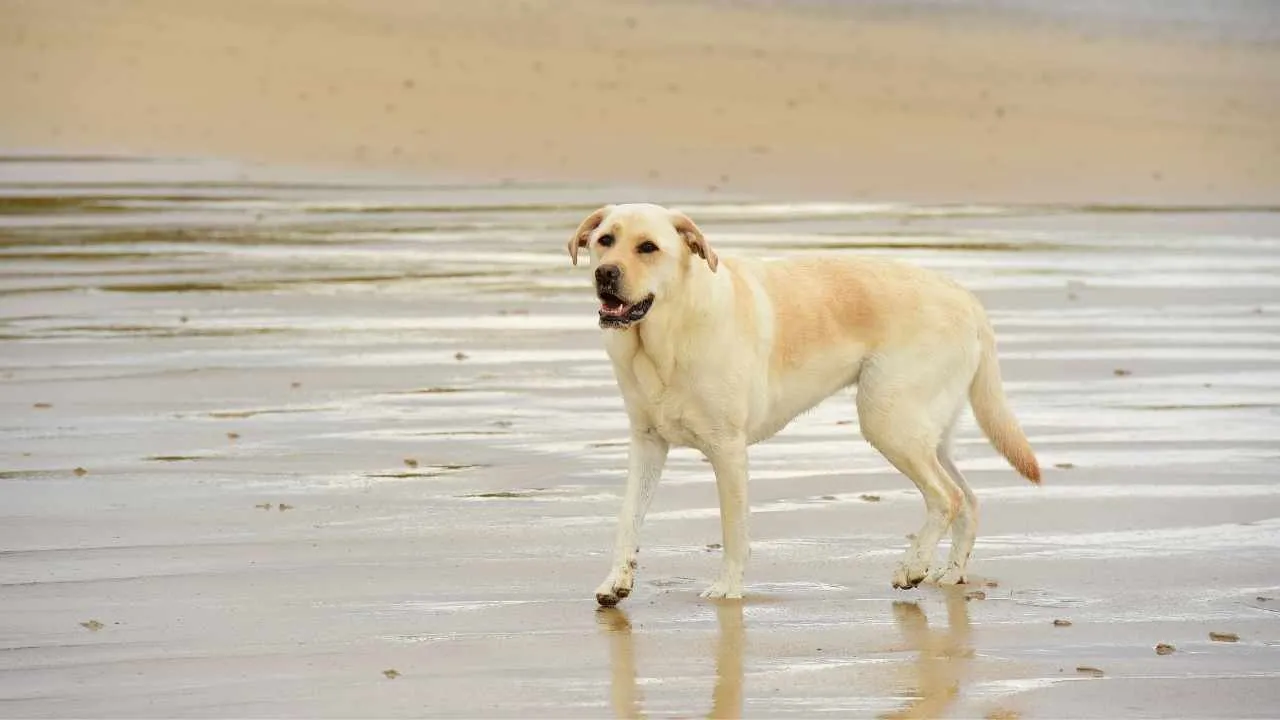
The Labrador Retriever isn’t just one of the most popular dog breeds in the U.S.—it’s one of the most adaptable. Originally bred in Newfoundland to assist fishermen, this breed has since evolved into a bird dog powerhouse and loyal family companion.
According to WebMD, Labs are known for their strong retrieving instinct, affectionate nature, and ability to thrive in both upland bird environments and watery terrain. They’re intelligent, hardworking, and carry a unique charm that makes them excellent for both grouse hunting and lounging on the couch.
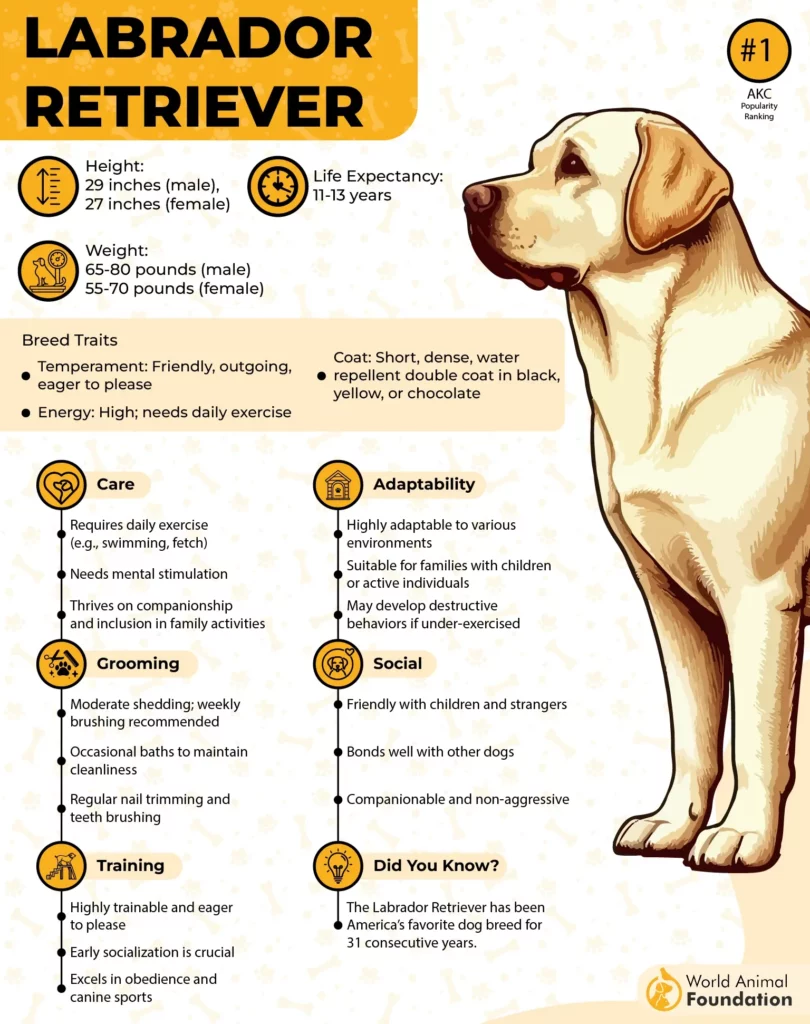
Built for the Hunt
Water-Ready Design: Webbed feet, an otter-like tail, and a dense double coat make Labs natural swimmers—perfectly suited for retrieving waterfowl in cold lakes and rivers.
Soft Mouths, Strong Delivery: Bred to retrieve without damage, they can carry fragile game—or even an egg—without breaking it.
Personality That Wins Everyone Over
Friendly and Gentle: Labs are famously social with other hunters, kids, and pets, earning their nickname as “America’s sweetheart.”
Easy to Train: High intelligence and a desire to please make them fast learners, especially in structured hunting environments.
Big Eaters: Their love to eat is no joke. Labs will get into the garbage, snag snacks off counters, and beg shamelessly unless you’re careful.
Daily Needs and Unique Traits
Heavy Shedders: That beautiful double coat? It sheds a lot. Frequent brushing is a must.
Famous Noses: Their excellent noses are used not just in hunting, but in tracking dogs’ roles like rescue, explosive detection, and even detecting disease.
2. Nova Scotia Duck Tolling Retriever
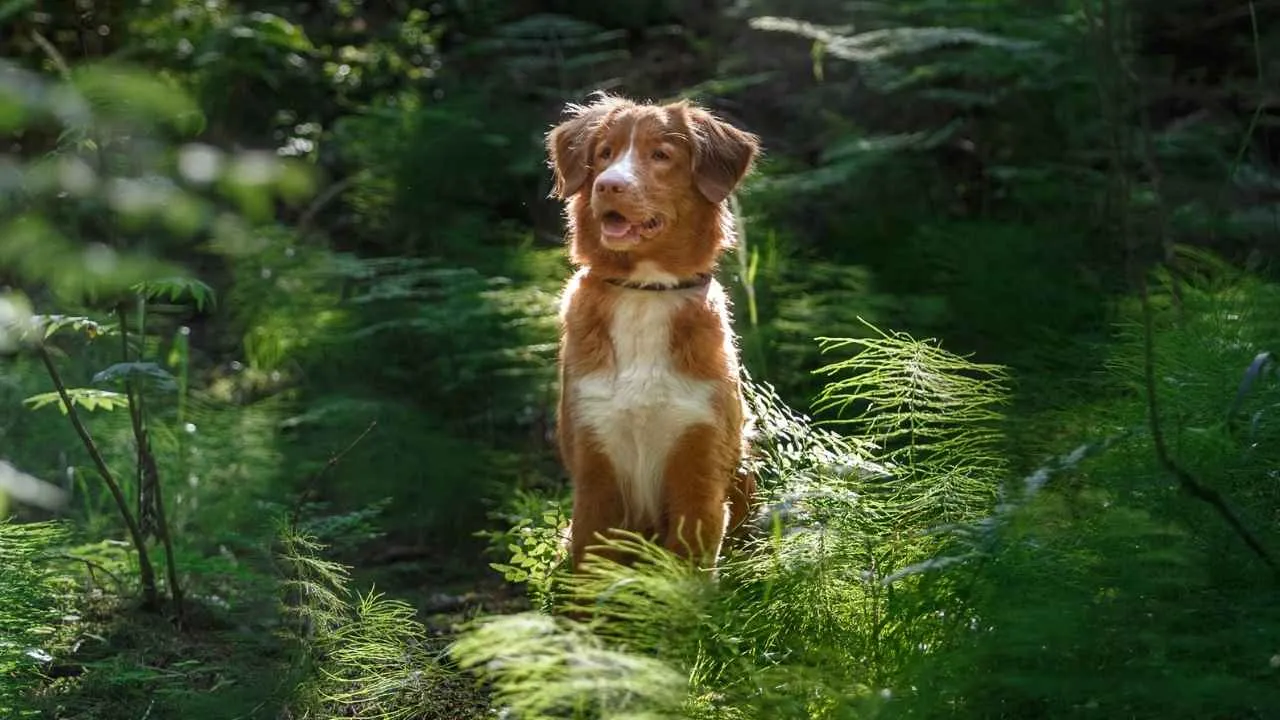
This smaller dog is a tactical genius in disguise. The Nova Scotia Duck Tolling Retriever, often simply called the Toller, is one of the few breeds originally bred not just to retrieve but to actively attract waterfowl. With its vibrant red coat and signature “Toller scream,” this full-of-energy breed is the only bird dog that uses play as a hunting strategy.
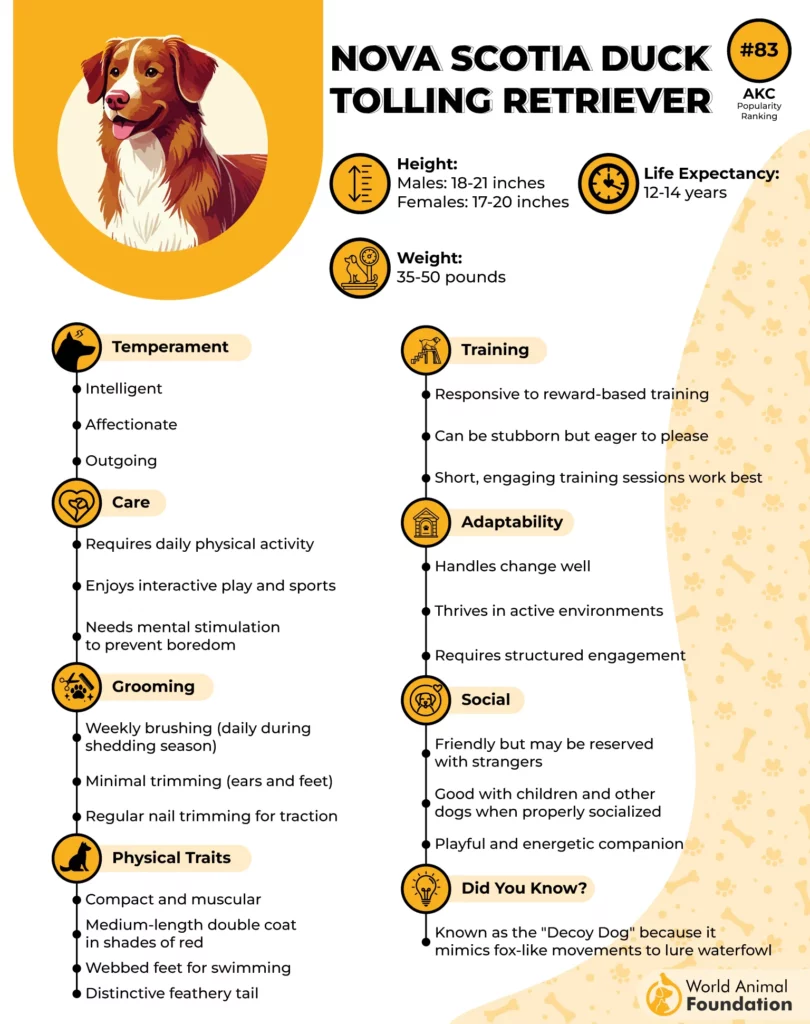
Tactical Luring and Water Work
Tolling Instinct: These dogs literally “toll” or lure upland bird species like ducks by frolicking near the shore—an instinct found in no other pointing or retriever dogs.
Webbed Feet for Swimming: Their efficient, muscular build and water-repellent double coat help them glide through cold lakes with ease.
Gun Dog Precision: The Toller excels in sharp, close-range retrieves when working alongside a good shot in the blind.
Health, Lifestyle, and Management
Sensitive to Health Issues: This breed can be prone to autoimmune and eye conditions, so ethical sourcing and life-long vet care are crucial.
Prey Drive Alert: Their strong chase instinct means they’re better off in homes without cats or free-roaming animals unless socialized early.
Best in Motion: Tollers thrive when mentally engaged through fetch, agility, or advanced training, not lounging around.
3. Golden Retriever
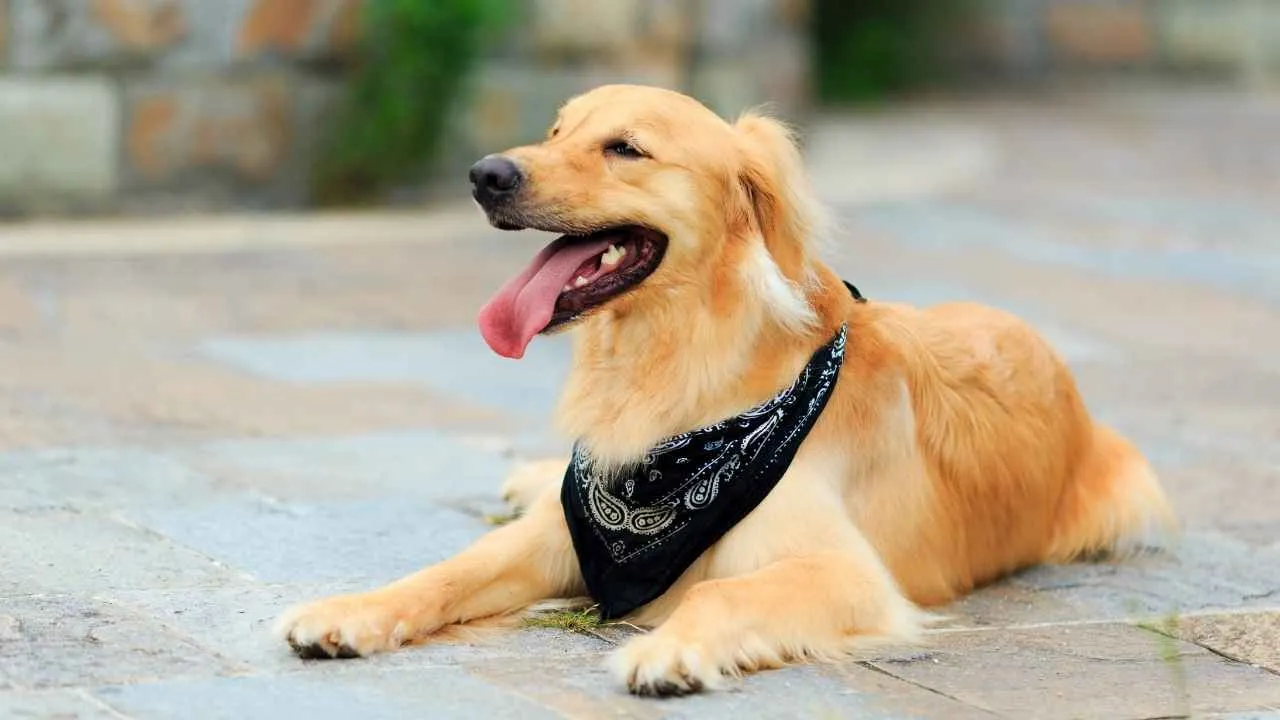
The Golden Retriever has serious game field roots. Developed in 19th-century Scotland, this breed was originally bred to retrieve shot birds from both marshy wetlands and dense terrain. Their easygoing nature may make them household favorites, but out in the field, they’re focused, trainable, and agile.
These dogs shine during deer season for trailing downed birds, and their consistent temperament makes them an asset for both seasoned hunters and beginners. Their thick, golden double coat shields them from harsh conditions, allowing them to work long hours in wet or cold environments.
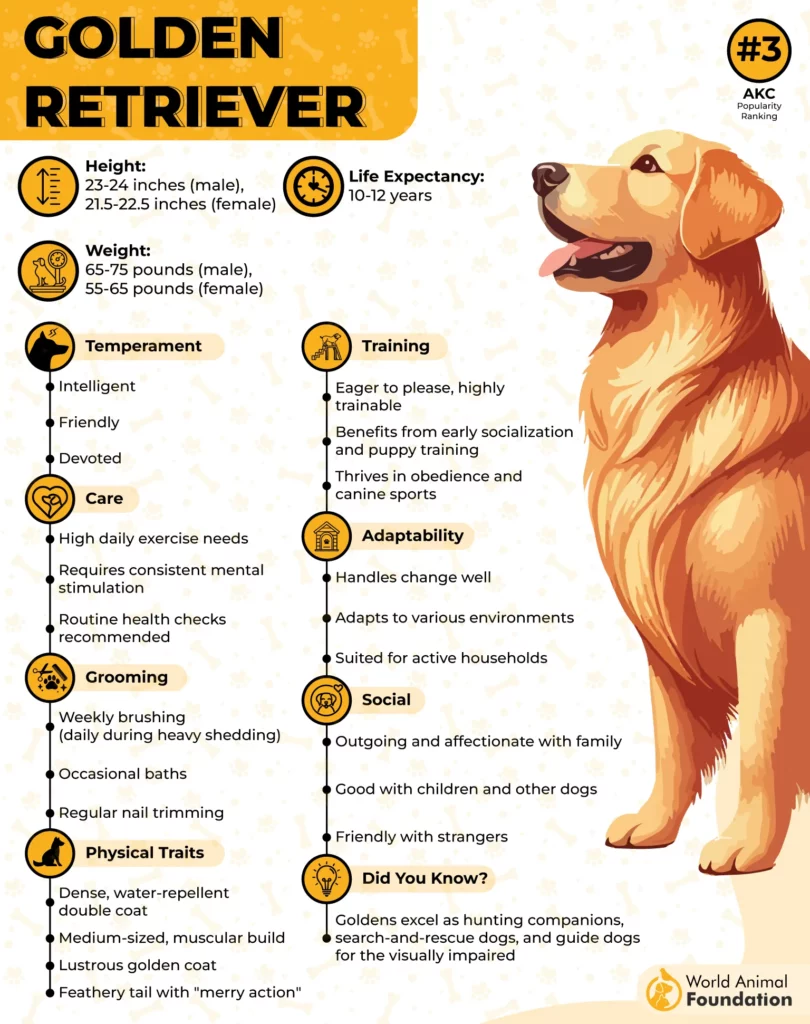
Natural Retrievers with Built-In Focus
Water-Resistant Coats: Their dense fur helps them handle heavy cover and stay dry while retrieving from lakes or rivers.
Adaptable Hunting Style: They work smoothly in both waterfowl and upland game hunts, shifting tactics depending on terrain and bird species.
Lovable Yet Highly Functional
Gentle Demeanor: Golden Retrievers are among the most affectionate dogs, excellent with kids, adults, and even strangers.
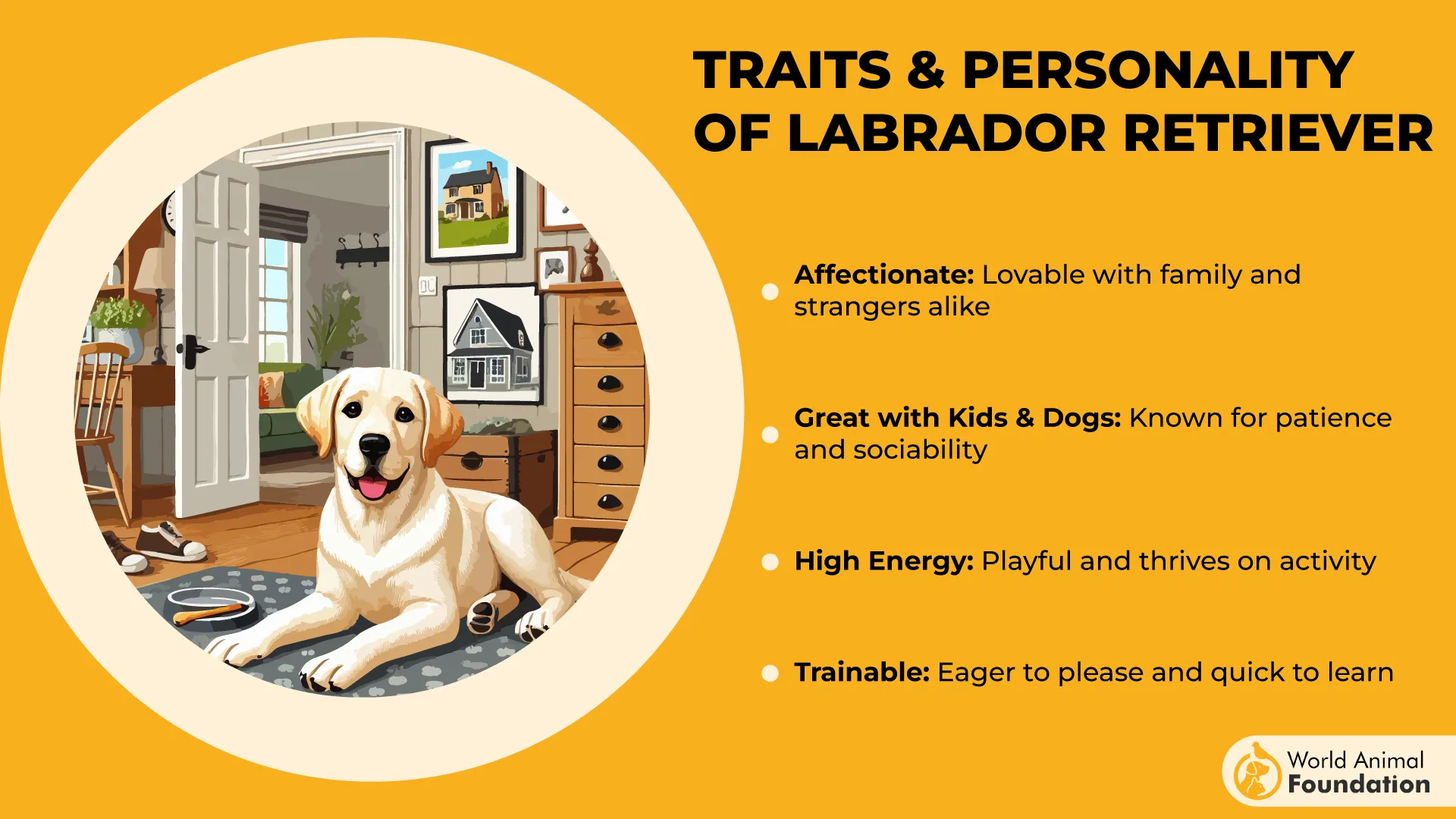
Therapy and Rescue Ready: Their intelligence and reliability also make them stars in search and rescue and therapeutic care.
Famous Bark: Believe it or not, they once set the record for the loudest bark, combining charm with a serious vocal.
4. German Shorthaired Pointer
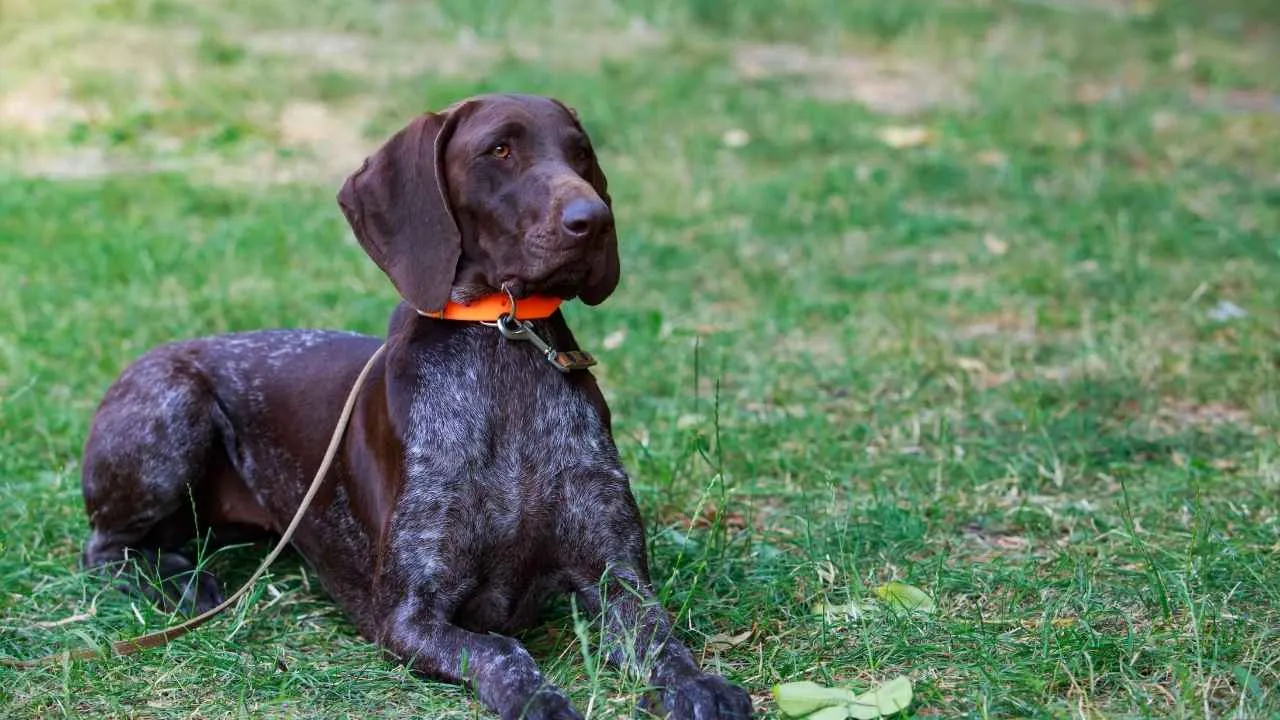
Lean, fast, and focused—the German Shorthaired Pointer (GSP) is a powerhouse among bird dog breeds. Developed in Germany in the late 19th century, this pointing dog was designed to be a one-stop shop for upland and wetland hunting.
These dogs don’t just track—they point, retrieve, and even take on vermin when needed. Known for their strong desire to work, GSPs are agile in fields, swift in water, and sharp-nosed enough to follow a blood trail or flush game from cover.
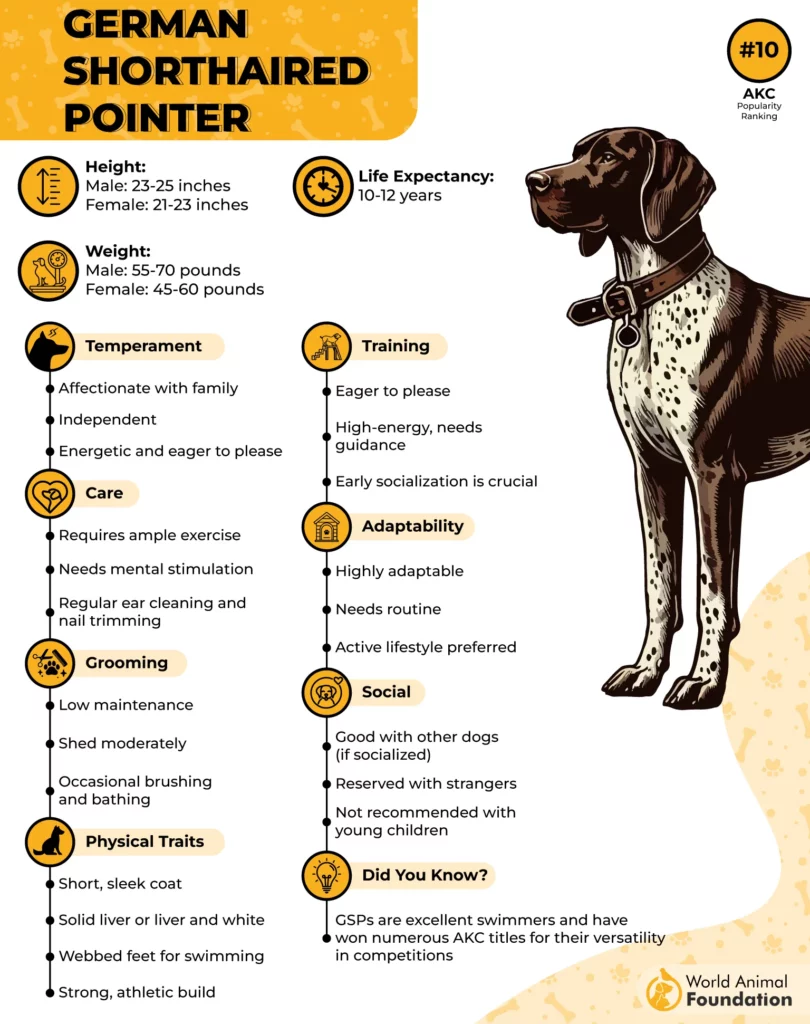
Field Efficiency and Hunting Range
Webbed Toes, Long Legs: Built to handle water retrieves and wide, open terrain without fatigue.
Fast, Focused Tracking: GSPs are often deployed for blood trailing dogs work, especially when finding wounded deer is time-sensitive.
Personality: Driven, Loyal, and Complex
Late Bloomers: Their extended puppy stage means patience is essential for training, but the payoff is worth it.
Aristocratic Build: Their sleek body and dignified stance often earn them the title of “noble” or “aristocratic” in the dog world.
Needs Room to Move: These aren’t apartment dogs—they require serious space to run and a job to do.
5. Irish Setter
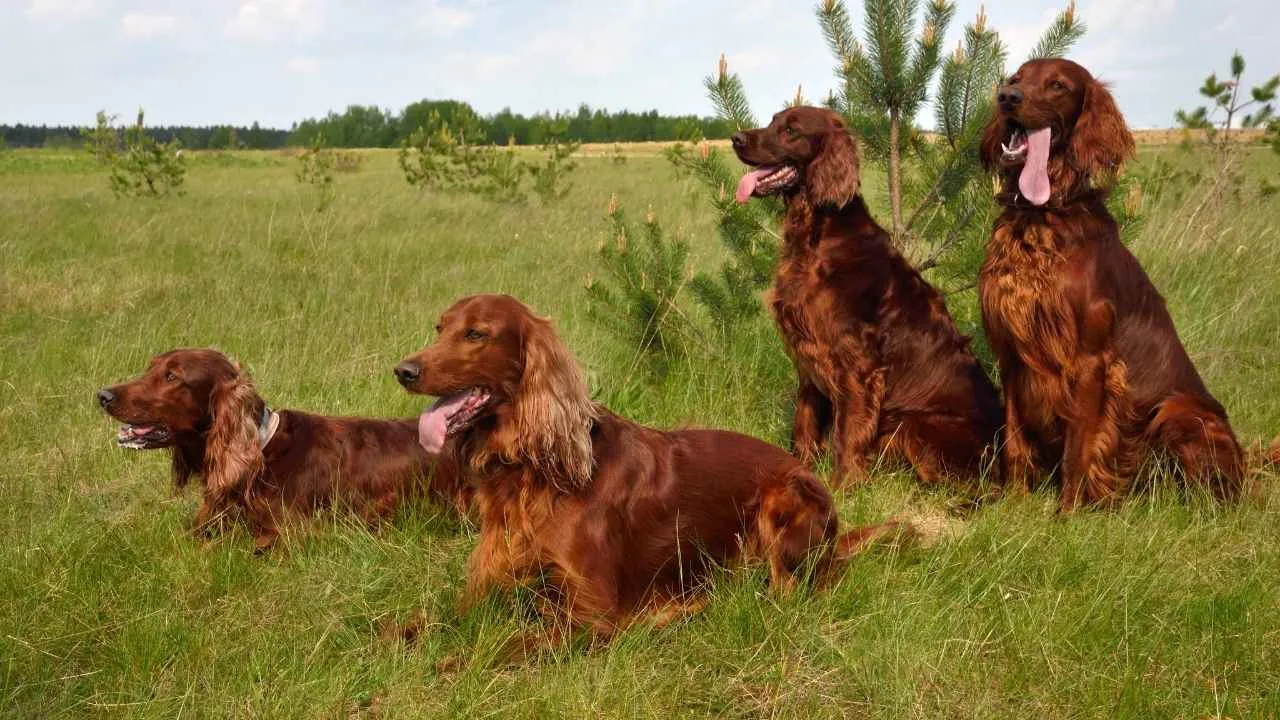
Unlike other bird dog breeds that remain strictly pointers or retrievers, Irish Setters excel at both flushing birds and pointing, especially in open ground where their speed and athleticism shine.
Their lean, lanky build allows them to cover large areas quickly, and their sharp instincts help them locate elusive quail and game birds with accuracy. But make no mistake—behind those warm eyes and silky ears is a dog that demands training, exercise, and deep human connection.
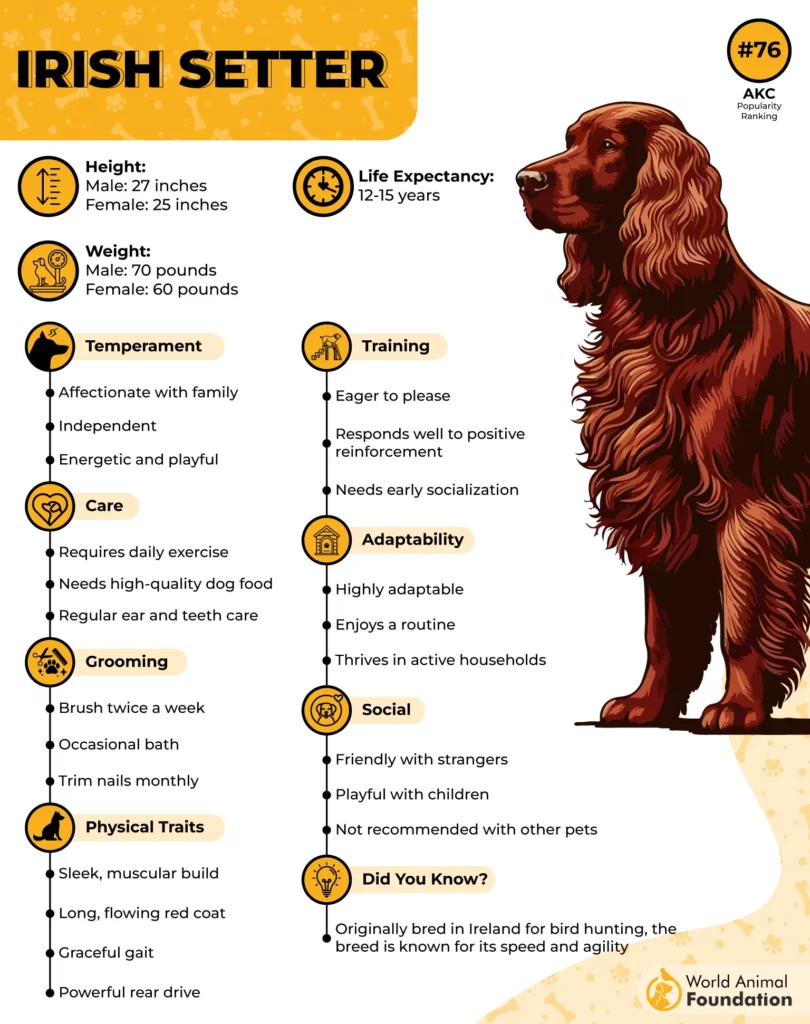
Field Style and Hunting Capability
Visible Setters: Their coat color helps hunters track them visually in tall grass or thick cover while in motion.
Temperament and Behavior
Cuddly and Social: They thrive on closeness, often leaning into people or curling up beside them like a furry shadow.
Shy but Sweet: Some Setters are cautious around new people at first, but warm up fast, making them great companions once bonded.
Care, Grooming, and Lifestyle
Daily Grooming Required: That beautiful coat tangles easily and needs regular brushing to avoid matting.
Not Built for Cold Water: With their thinner coat compared to waterfowl breeds, they’re better suited to land hunts than watery terrain.
6. Boykin Spaniel
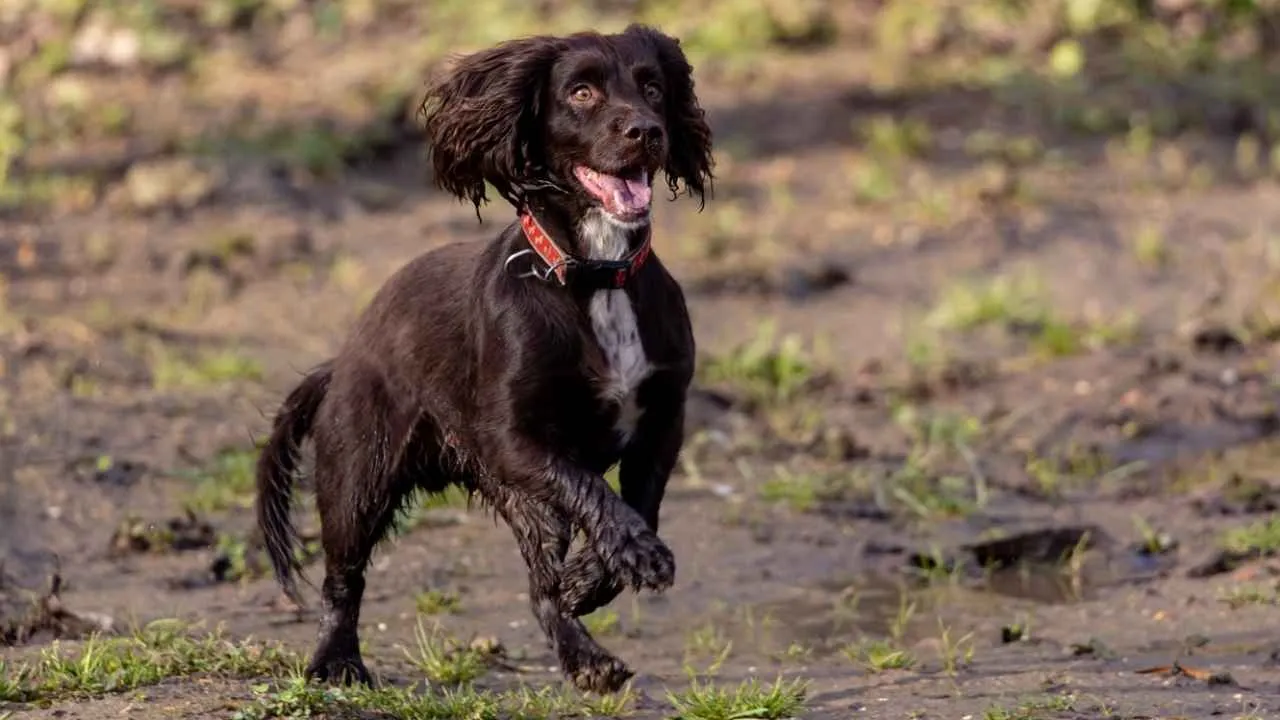
Compact, tough, and wildly enthusiastic—the Boykin Spaniel is a flushing dog with a story as charming as its personality. Originally descended from a stray found in Spartanburg, the Boykin’s legacy has grown to national renown, especially among hunters looking for a dog that can handle thick cover, swampy terrain, and sudden bursts of running birds.
Known affectionately as the “little brown dog”, Boykins are muscular, compact, and full of energy, making them ideal for fieldwork and long days out.
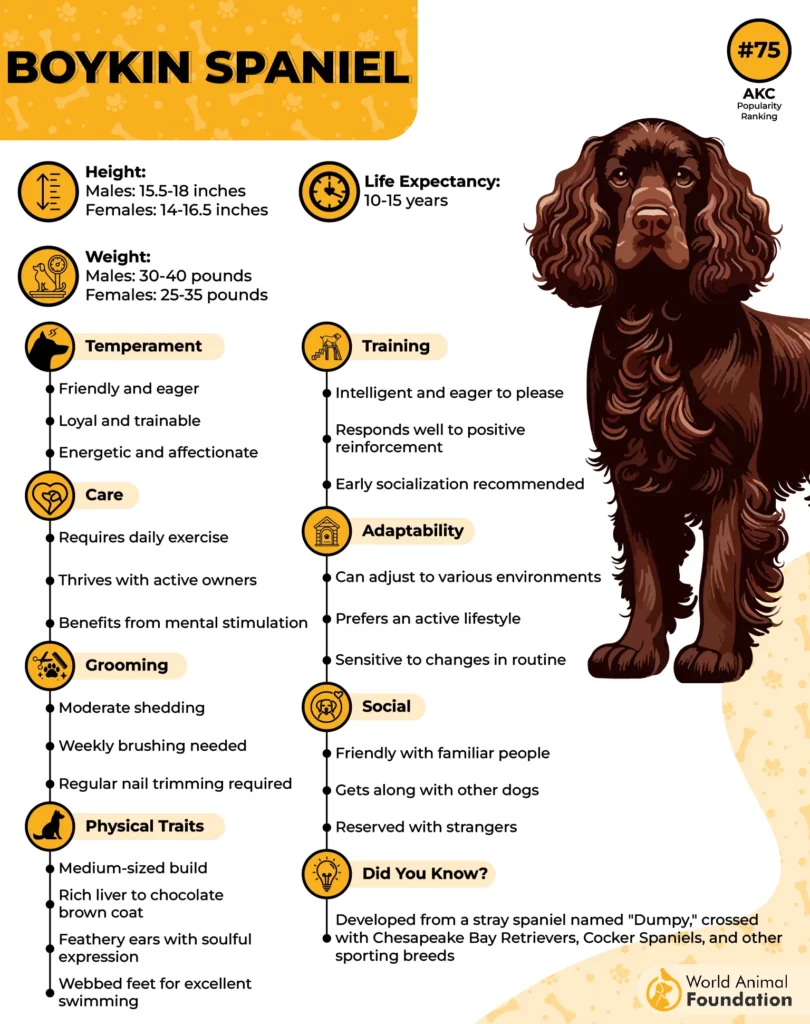
Hunting Function in Compact Form
Flushing Mastery: Developed strictly for flushing birds, the Boykin charges dense brush and drives out game for clean shots.
Boat-Friendly Build: Their size makes them easy to lift into small boats—ideal for water-based hunts in the Wateree River Swamp and similar terrain.
Marsh-Ready: These “swamp dogs” are strong swimmers with webbed feet, handling marshlands and shallow rivers effortlessly.
Temperament and Loyalty
All Heart, All Drive: They give 100% to every task—whether it’s flushing, retrieving, or sticking by your side in the blind.
Quiet in the Field: Unlike more vocal breeds, Boykins are generally soft-barked and stay close, making them ideal for tight hunting setups.
7. Vizsla
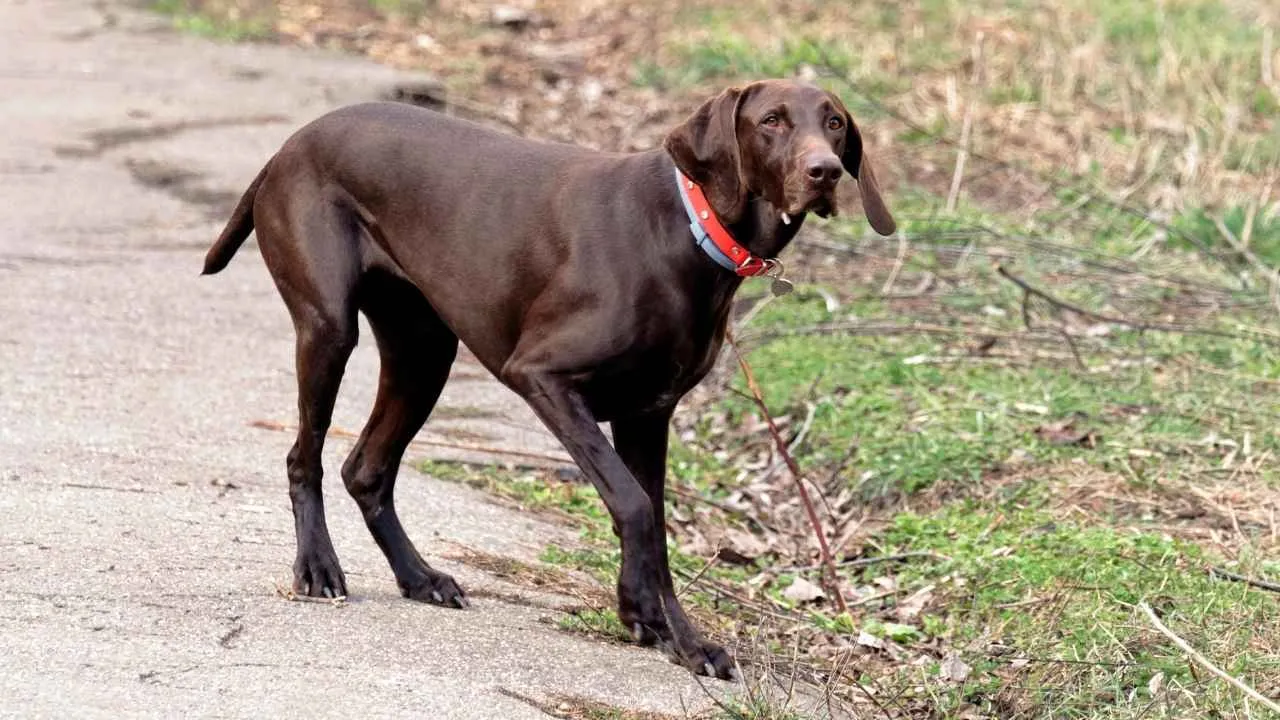
Sleek, rust-colored, and lightning fast, the Vizsla is a breed built for serious hunters with equally serious stamina. First developed in medieval Hungary, these dogs were once prized for their roles in falconry, working closely with birds of prey to recover fallen game. Later, they transitioned into pointing dogs used for small game and upland birds.
Nicknamed “Velcro dogs” because of their deep need to be near their owners at all times, they thrive when treated like teammates, not pets. For those chasing quail in wide-open fields or running long trails, the Vizsla is a top-tier companion—but only if you can keep up.
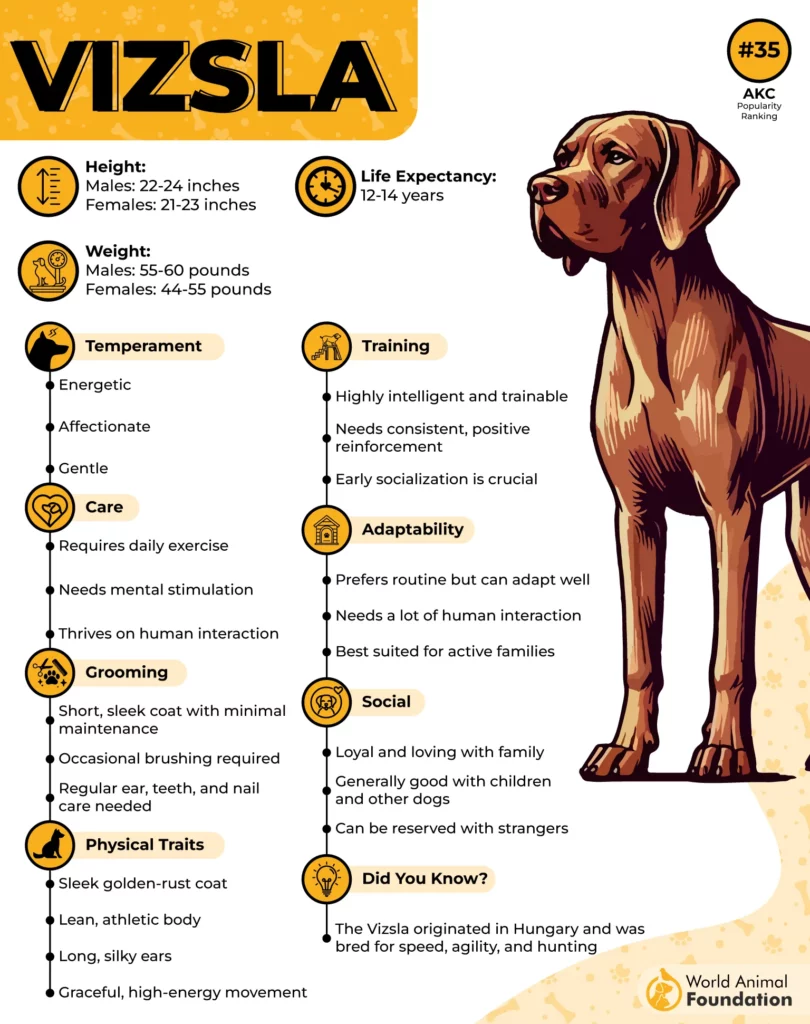
Built for Speed, Scent, and Endurance
Sprint Capable: Clocking speeds up to 40 mph, these dogs are perfect for running birds that demand a fast pursuit.
Sniff-Focused Hunters: Their natural drive for scent work makes them exceptional trackers on dry ground and in open terrain.
Lifestyle Fit and Unique Traits
Not Apartment Friendly: These dogs need room to sprint, sniff, and burn energy—they don’t do well cooped up.
Almost Lost to History: The breed nearly disappeared twice—once post-World War I, again during the 19th century—saved by focused breeders.
Better with Bigger Kids: They’re affectionate, but their intensity can be overwhelming for young children.
8. English Springer Spaniel
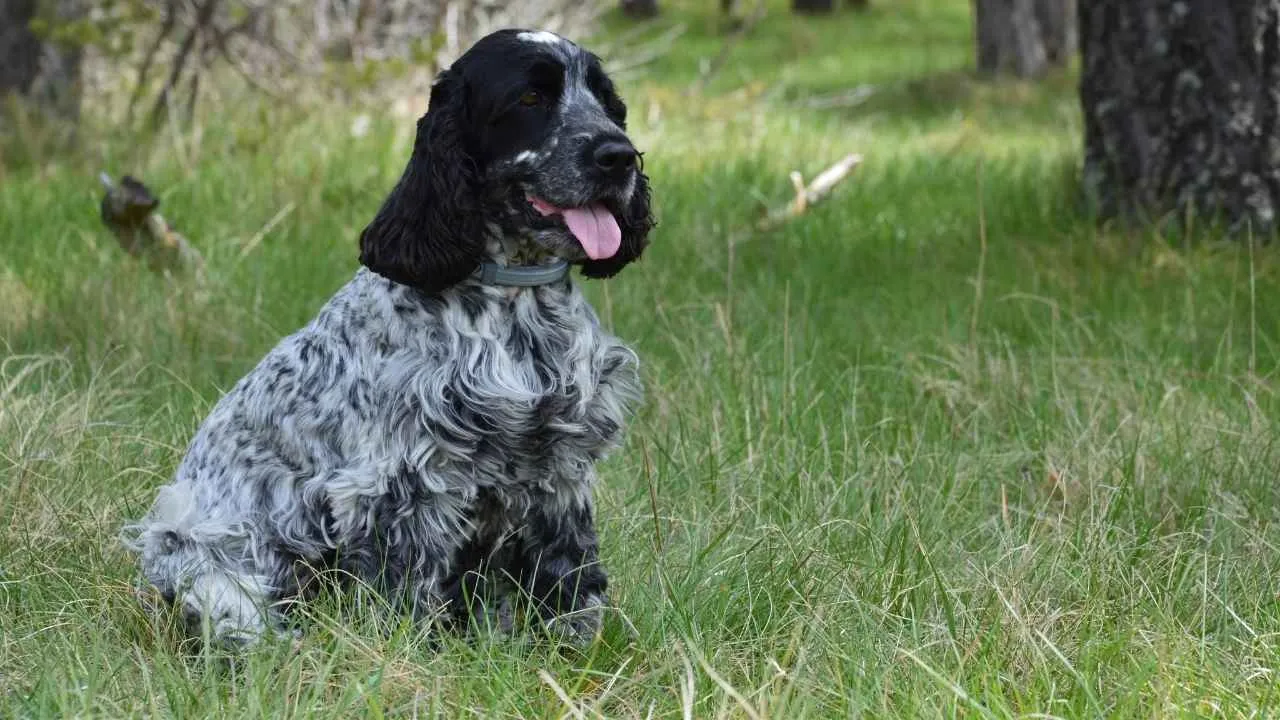
First developed in late 19th-century England, these dogs were bred to detect, flush, and retrieve game, particularly upland birds. Their name even comes from their signature move: causing birds to “spring” from hiding.
These dogs are tireless in the field, often working for hours without slowing down, yet they have a gentle, affectionate streak that makes them just as happy in your living room.
Springer Spaniels form strong emotional bonds and may struggle with long stretches of solitude, so they’re best for homes where someone’s almost always around.
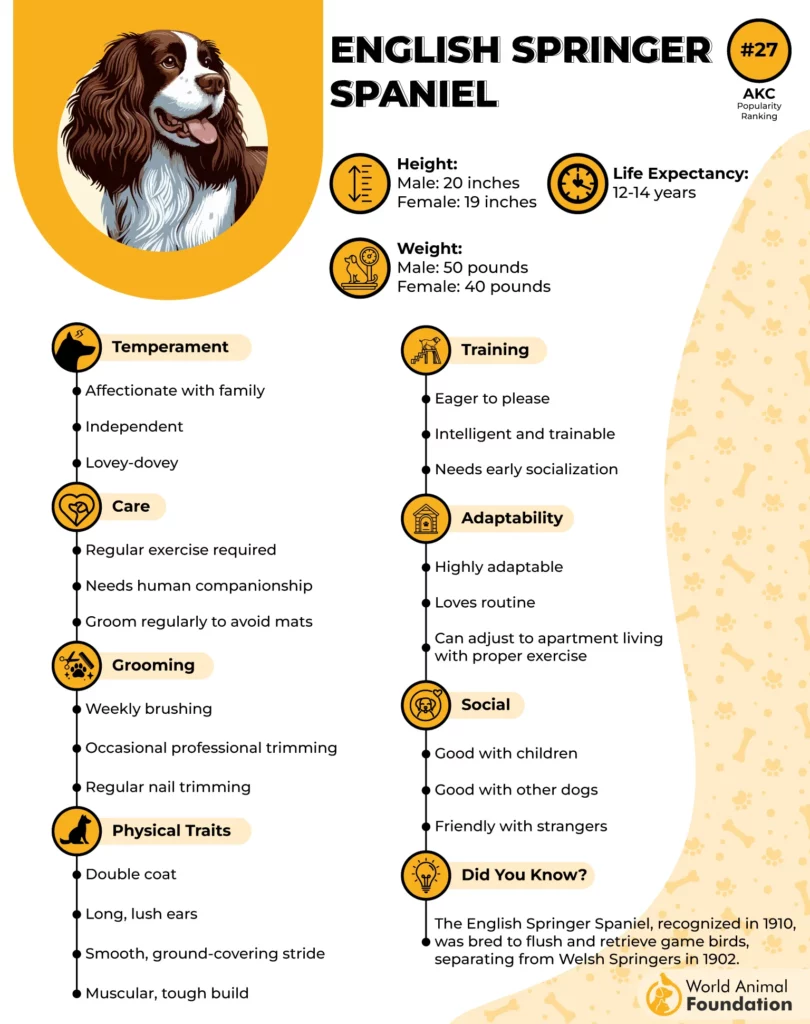
A Nose for the Job
Deep Cover Experts: Springers excel at flushing birds from tight, wooded, or thorny cover that other breeds might avoid.
Multi-Scent Capable: Their noses aren’t just tuned for birds—many serve in explosives detection and scent work outside of hunting.
Companion Qualities Beyond the Field
Emotional Shadows: These dogs thrive when close to their humans and can become destructive or anxious if left alone too long.
Low-Drama, High-Attention: While not aggressive or reactive, they require daily interaction to stay emotionally and physically balanced.
9. Brittany Spaniel
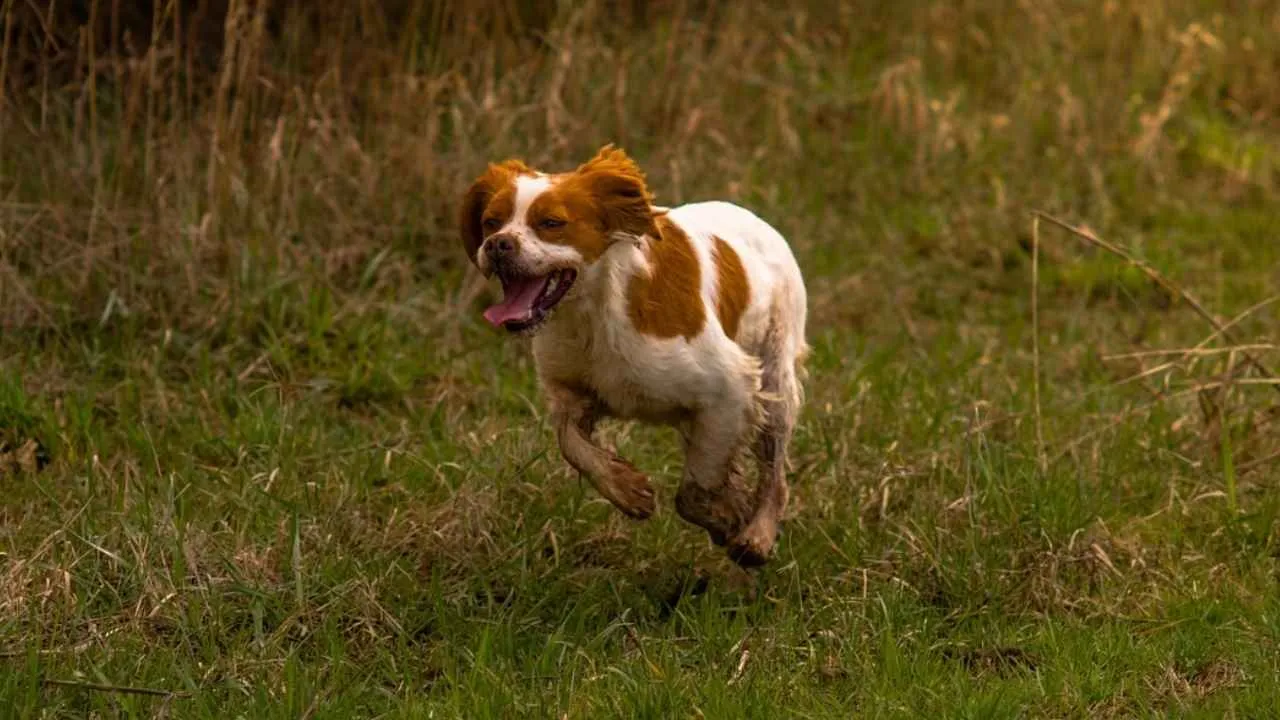
These dogs work with a natural closeness and caution, weaving effortlessly through tangled woods without getting off track or overextending. Originally developed in France as a versatile gun dog, Brittanys combine a sharp nose with excellent pointing instincts, and their energy is relentless.
They’re also quick learners, often showing polished field behavior even at a young age. Outside of hunting, their sensitive and affectionate nature makes them great companions—but only if their need for activity, attention, and challenge is met. This is not a breed that handles boredom or long absences well.
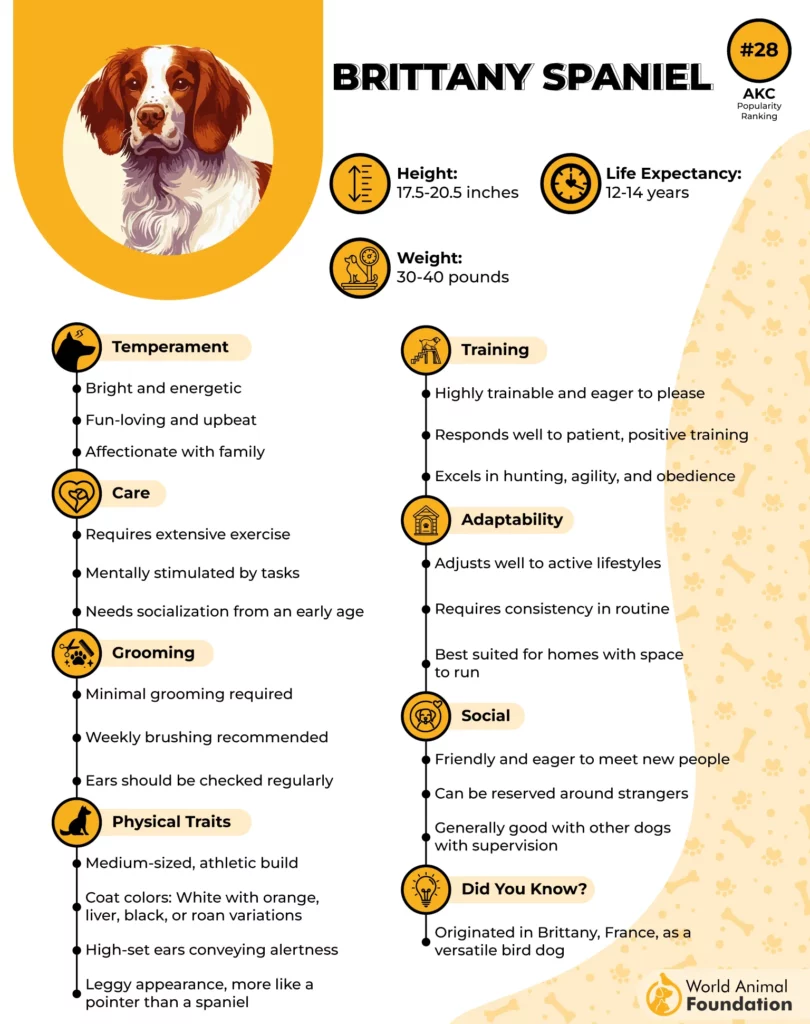
Built for the Bird Woods
Tight-Quarter Specialist: With their small frame and smooth gait, Brittanys can maneuver dense, low-cover habitats where larger breeds stall.
Natural Close-Worker: They rarely range too far, keeping in natural sync with the hunter without heavy direction.
Physical Quirks and Mental Needs
Natural Bobtail: Many Brittanys are born with shortened tails, a trait that’s both functional in the field and part of their look.
Champion Versatility: No other sporting breed has earned as many Dual Champion titles, proving their dominance in both conformation and performance rings.
Conclusion
At the end of the day, some dogs are just wired to follow their nose—and when that nose picks up the scent of a wild turkey, instinct takes over. Whether it’s for hunting, scent work, or just a high-energy outdoor companion, understanding a dog’s prey drive helps set realistic expectations. It’s not about suppressing their instincts—it’s about channeling them with training, boundaries, and purpose.
In short: for certain breeds, wild turkey trails aren’t a distraction—they’re a calling. Knowing that in advance helps you work with your dog’s instincts, not against them.


